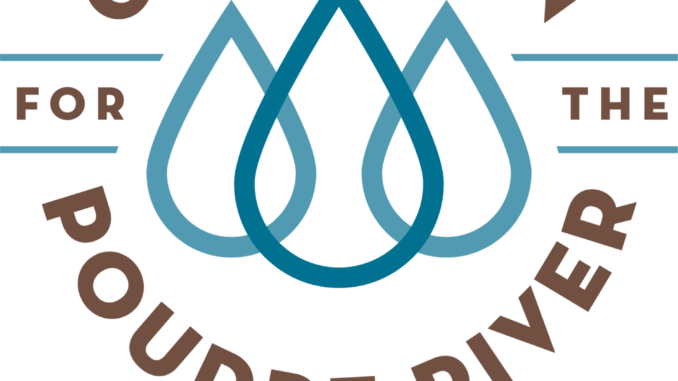

- $50,000 donation by PVREA made to support CPRW post-fire restoration efforts
- Multiple days of volunteering opportunities available for PVREA members, employees
- CPRW improves and maintains ecological health of the Poudre River Watershed
- Projects mitigate impacts of Cameron Peak Fire and subsequent flooding
- Community donations and volunteerism welcomed at CPRW
Poudre Valley REA (PVREA) recently donated $50,000 to help support the Coalition for the Poudre River Watershed (CPRW) in their post-first restoration work within the Cameron Peak fire burn area. The donation is enhanced by a three-day volunteer project available to PVREA members and employees to assist CPRW in post-fire restoration activities.
The Cameron Peak Fire of 2020 was the largest in Colorado history, burning over 200,000 acres. Large-scale wildfires such as this dramatically alter ground conditions and terrain, creating conditions ripe for flash flooding. The Black Hollow flood of 2021 resulted from these conditions and led to extensive damage along Black Hollow Rd. and loss of life.
Restoring the Poudre River Watershed has been, and will continue to be, a community-wide effort. The Poudre River Watershed was already facing many challenges, and now CPRW’s work has become ever more critical with the impacts of the historic fire. A strong Northern Colorado economy and our vibrant communities depend on a healthy watershed.
The PVREA service territory included most of the Cameron Peak Fire footprint, including the Black Hollow flood area. As a member-owned electric co-op, PVREA is active in the communities they serve and committed to providing support for its members and the community at large.
A guiding principle of all cooperatives is the principle of concern for the community. PVREA is committed to doing more in support of those they serve. A financial donation was made by the PVREA Board of Directors in support of the CPRW’s post-fire restoration efforts. PVREA is also coordinating a three-day volunteer opportunity for members and employees to help plant trees in the Cameron Peak Fire burn area. PVREA members may sign up to volunteer online at poudrewatershed.org/pvrea.
“The natural disasters we’ve experienced in the last decade have profoundly impacted the communities we serve and our co-op members,” said Jeff Wadsworth, President and CEO of PVREA. “By providing economic support along with the boots on the ground to back it up, our co-op is all in for the restoration of our watershed here in Northern Colorado.”
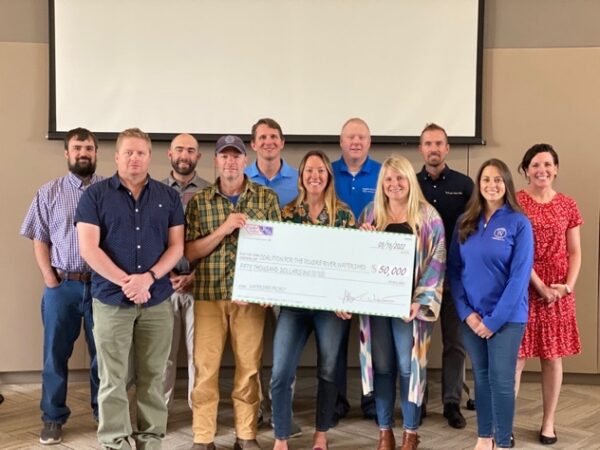
Pictured above from left to right – Tim Miller (PVREA), Tony Francone (PVREA), Scott Dillon (PVREA), Daniel Bowker (CPRW), Justin Fundalinski (PVREA), Megan Maiolo-Heath (CPRW), Jeff Wadsworth (PVREA), Hally Strevey (CPRW), Ben Ludington (PVREA), Jessica Johnson (PVREA), and Amy Rosier (PVREA)
Coalition for the Poudre River Watershed Projects:
- Reduce hillslope erosion to streams
- Reduce channel erosion – both incision and widening
- Increase sediment storage, nutrient retention, and bed aggradation in eroded channels
The projects at CPRW will focus on stabilizing channels and hillslopes in the upper portions of the Black Hollow watershed to reduce the risk of flood damage to community infrastructure adjacent to the Black Hollow Rd. and downstream within the Poudre River Canyon. Water quality and habitat improvements and sediment reduction will be achieved by reconnecting the floodplain and increasing roughness features along a reach of the South Fork Cache la Poudre River.
The projects will install point-based Best Management Practices (BMPs) at locations downstream of the high-severity Cameron Peak burn. The map below on the left shows three potential areas for point mitigation. These mitigation features will be installed in a distributed approach in smaller upper watershed channels. Point mitigation, pictured below on the right, is designed and implemented along spatial discrete locations in a stream or along hillslopes.
Types of BMPs used include contour wattles, log jams, live wattles, tree felling, single key log installation, willow/riparian vegetation staking, branch wattles, stream debris fence, and native rock stabilization.
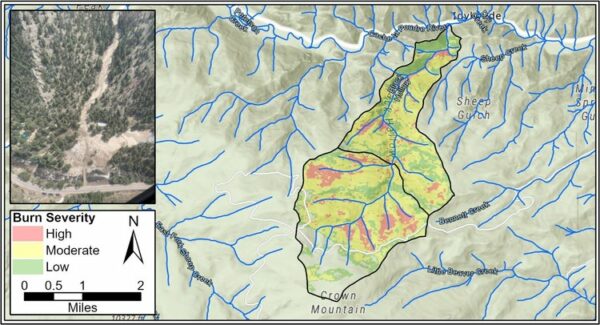
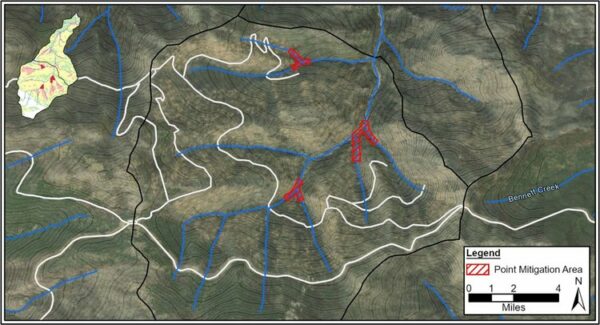
Live wattles are made of willow stakes harvested on-site and bundled using biodegradable twine.
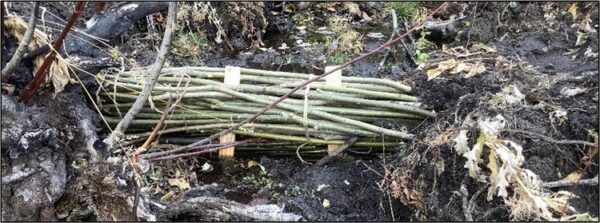
Staking approved biodegradable wattles parallel to contours is an effective way to reduce erosion and increase sediment deposition on vulnerable hillslopes, alluvial fans, and small gullies.
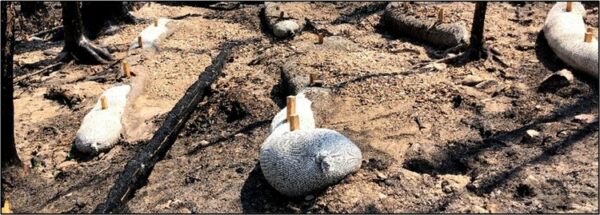
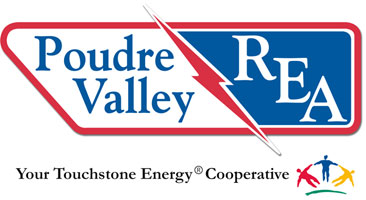
Support Northern Colorado Journalism
Show your support for North Forty News by helping us produce more content. It's a kind and simple gesture that will help us continue to bring more content to you.
BONUS - Donors get a link in their receipt to sign up for our once-per-week instant text messaging alert. Get your e-copy of North Forty News the moment it is released!
Click to Donate